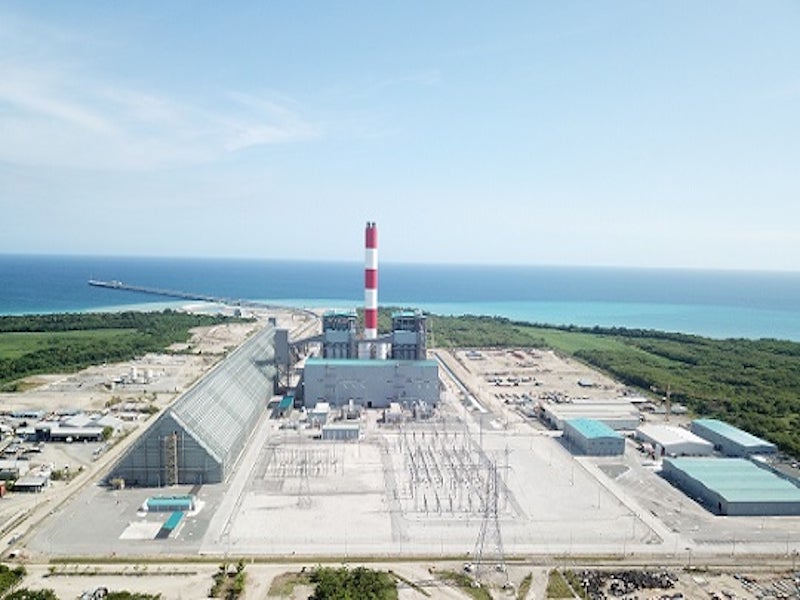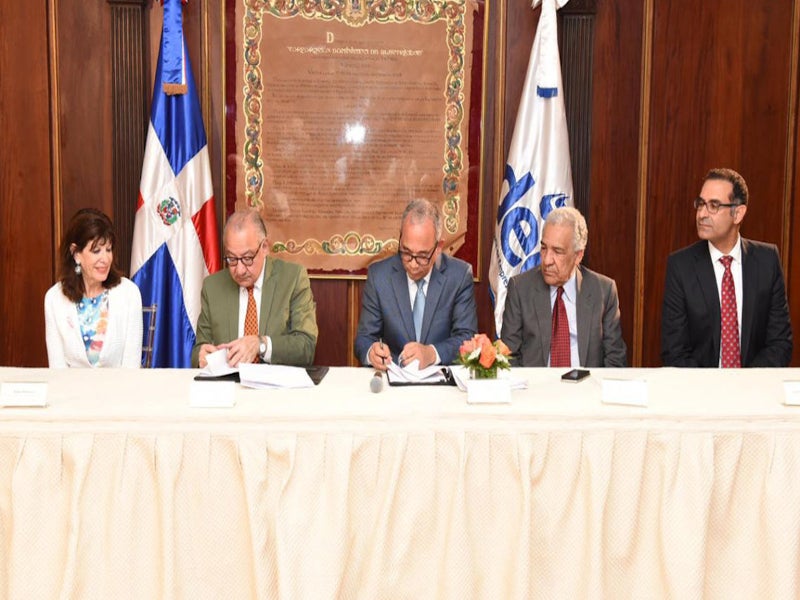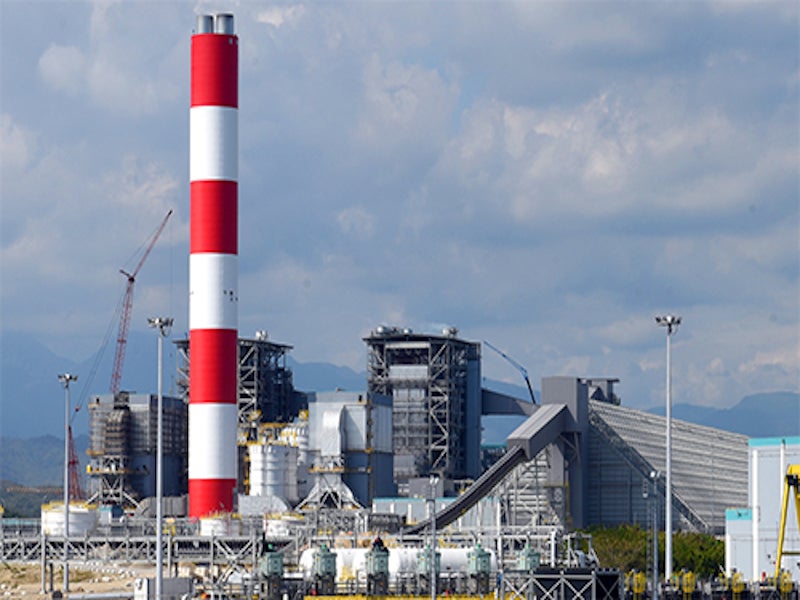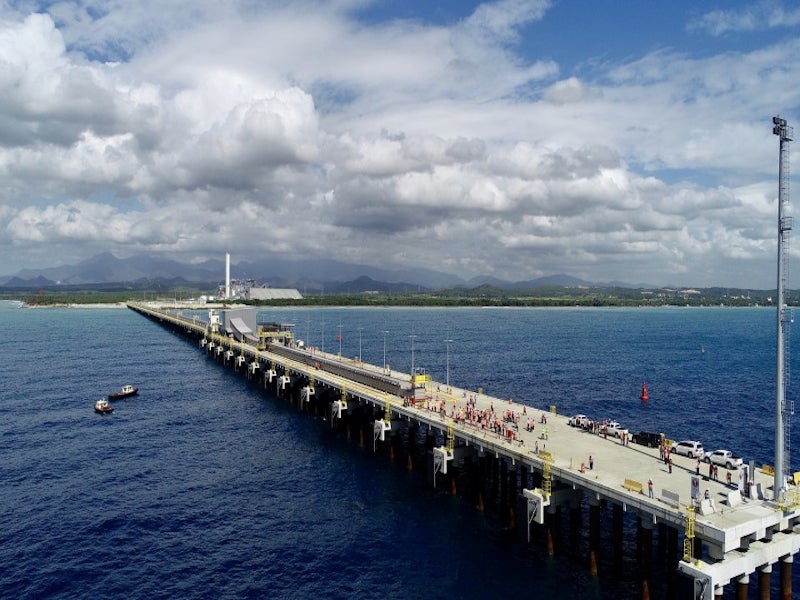The 752MW Punta Catalina is a coal-fired thermoelectric power plant with two power-generating units located in the Valdesia region of the Peravia province in the Southwest sector of the Dominican Republic. Punta Catalina is the country’s biggest power-generating facility. It is operated by Central Termoelectrica Punta Catalina, a commercial company, co-owned by the state-run Dominican Corporation of State Electric Companies (CDEEE) with 99.2% interest and Patrimonial Fund of Reformed Companies (Fonper) with 0.8% interest.
The plant was constructed by the Odebrecht-Tecnimont-Estrella consortium, and the rights to the power plant were transferred to the CDEEE and Fonper in December 2019.
The project involved an estimated investment of approximately $2.45bn. The first unit of the power plant became operational in October 2019, while the second unit completed final test stages in April 2020 and is generating 376MW. The inauguration ceremony of the power plant was postponed due to the Covod-19 pandemic.
A total of $600m was issued in sovereign bonds and financing resources from European banks (SACE) to ensure the development of the project in 2016.
The plant can meet up to 35% of the total power demand of the Dominican Republic. The project created more than 6,400 direct jobs and 20,000 indirect jobs during the peak period of its construction.
Details of Punta Catalina power plant
A vast land, covering 1.4 million m² of area, in the Catalina community of the Peravia province was leased by the state for 50 years for the development of the plant. Punta Catalina is an advanced power plant, based on clean-fuel technology. It comprises two pulverised mineral coal-fired units with 376MW capacity each, delivering a total combined capacity of 752MW. The nominal efficiency of the plant is 39.2% LHV.
Each unit of the plant features a 360MW pulverised coal boiler with an air quality control system, coal pulverisers, air heaters, fans, steam turbine generator, process control, as well as monitoring systems. The units are also equipped with the Plant Balance equipment needed for the plant’s operation.
Additionally, the project includes the country’s longest coal handling port terminal with a length of 1,600m, a completely closed building with 200,000t of coal storage capacity, and other associated infrastructure. The shipped coal is transported through closed pipelines without the need for human intervention.
Sustainability features of the power plant
Punta Catalina plant is integrated with Gas Emission Quality Control equipment, which makes the emissions from the power plant comparable to the natural gas thermoelectric plants’ emissions. The system reduces gas emissions, with sulfur dioxide (SO2), sulfur trioxide (SO3) and heavy metals such as mercury expected to be reduced by up to 98%.
Seawater is used for cooling the power plant. The used water is cooled through open channels and sent back to the sea via offshore pipes without disturbing the marine ecosystem.
Two million mahogany plants were planted for reforestation in the area. The planting initiative is intended to capture carbon dioxide (CO₂) and mitigate environmental impact.
Electricity transmission
A 345kV output electrical substation was constructed with a 345kV transmission line for the transmission of the electricity. The electricity generated by the plant is supplied to the National Interconnected Electric System (SENI) for countrywide distribution.
Coal supply details
Xcoal Energy & Resources, a US-based coal company, is responsible to supply 462,000t of coal to the first unit of the power plant, under a coal supply agreement signed in October 2018.
CDEEE started a bid for the supply of coal for the plant’s Unit 2 in May 2019.
Contractors involved
Construtora Norberto Odebrecht (CNO), in partnership with its joint venture partners, provided the engineering, procurement, construction and commissioning (EPCC) services for the plant. Tetra Tech conducted social and environmental assessments. Stanley Consultants designed and supervised the construction of the power plant.
Betterground used Bottom Feed Stone Columns method for up to an average depth of 20m for ground improvement for the construction of the plant.
General Electric supplied the turbines and generators, as well as received a nine-year contract to provide maintenance and advisory services for the power plant. Babcock & Wilcox Power Generation Group designed and manufactured the two coal-fired boilers.
Portland Bolt supplied the anchor bolts, while Aqseptence Group supplied Geiger water intake systems. Safco Engineering designed, engineered and commissioned the fire and gas detection and alarm system and fire fighting devices.
Other contractors involved in the project are Concreto Panama and BAUER Fundaciones Dominicana.







